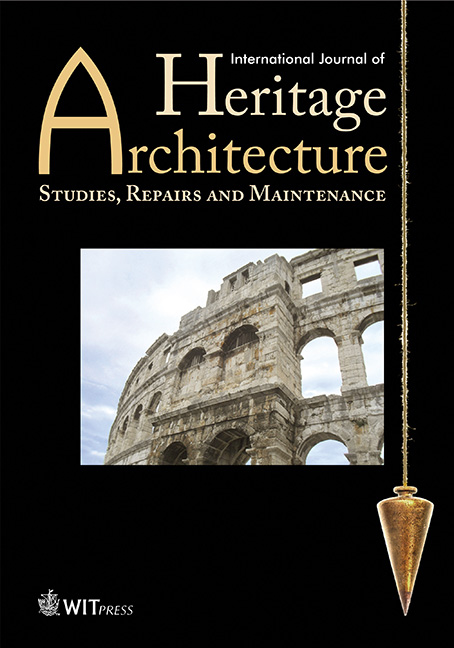Nigerian architectural conservation: a case for grass-roots engagement for renewal
Price
Free (open access)
Volume
Volume 1 (2017), Issue 4
Pages
16
Page Range
713 - 729
Paper DOI
10.2495/HA-V1-N4-713-729
Copyright
WIT Press
Author(s)
C.O. OSASONA
Abstract
The article explores various issues related to heritage architecture – particularly with respect to attitudes, resources for conservation, advantages, challenges and impact made to date – majorly in the context of the Nigerian nation state. It posits that though a wealth of outstanding buildings exists, a major factor limiting meaningful conservation appears to be indecision as to actual modus operandi, apart from financial and logistics constraints. Nigeria’s British colonial experience is highlighted as a major source of non-traditional heritage architecture, giving rise to direct legacies of colonization, Brazilo-Portuguese-adapted architectural samples and the hybrid British-Sierra Leonean house type. These have impacted traditional building culture to create a virile vernacular. Specific examples of out- standing buildings (within a 60-km radius of Ile-Ife) are presented, highlighting their heritage qualities, in the light of the real threat of demolition. Analysis of samples is based on typical features; this pro- vides a basis for identification of stylistic roots in the vernacular. The article concludes by suggesting the way forward as being one in which government still takes the lead, but massively mobilizes grass- roots support for sustainability. With the large stock of heritage-grade residential buildings spread all over the country, renewal (for continued occupation and general utility) – rather than mere restoration for conservation – is clearly indicated.
Keywords
architectural conservation, British colonial architecture, grass-roots engagement for renewal, heritage architecture, Nigerian Brazilian architecture, Nigerian vernacular architecture, sustainable conservation.




